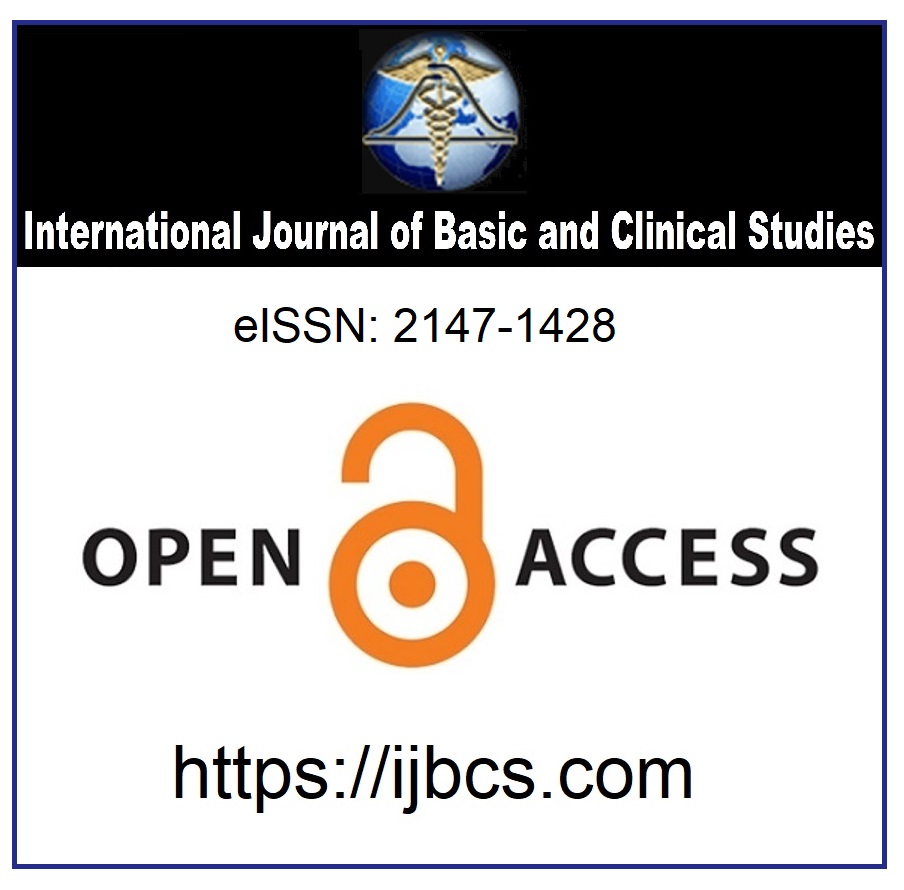The Relationship Between Col1a1 Sp1 Binding Site Polymorphism and Musculoskeletal Disorders in Type 2 Diabetes Mellitus
Keywords:
COL1A1 gene polymorphism, musculoskeletal disorders, type 2 diabetes mellitusAbstract
Aim: In our study, we aimed to identify the musculoskeletal disorders in patients with type 2 diabetes mellitus (DM) and to show the possible relationship with COL1A1 Sp1 binding site polymorphism.
Methods: 75 patients with type 2 DM applied to the study aged between 18 and 65 years old.75 volunteers were enrolled in the study as a control group. The musculoskeletal examination of the patients and the control groups were performed by a single physician. All samples from the patient and control groups were assessed in the molecular genetics diagnostic laboratory. The polymorphism of COL1A1 gene was studied by PCR-RFLP method.
Results: The statistically significant differences between the groups were as follows: adhesive capsulitis (AC) (p=0.002), Dupuytren’s contracture (DC) (p=0.043), limited joint mobility syndrome (LJMS) (p=0.000) and carpal tunnel syndrome (CTS) (p=0.003). Among the patients of the study group, the clinical parameters that were significantly associated with complications were as follows: HbA1c levels (p=0.016) for AC, diabetes duration (p=0.019) for DC, BMI (p=0.014) for LJMS and sex (p=0.000) for CTS. While the difference in the prevalence of ‘GT’genotype was significant (p=0.004) and having a high‘T’ allele may be associated with an increased risk musculoskeletal complications in the patients (p=0.019).
Conclusion: Our results support the view that the COL1A1 gene polymorphism is associated with an increased risk of musculoskeletal complications in diabetic patients whose having the “GT” genotype or higher levels “T” allele expressed.
Downloads
Published
How to Cite
Issue
Section
License
Copyright (c) 2014 By the Authors.

This work is licensed under a Creative Commons Attribution 4.0 International License.



